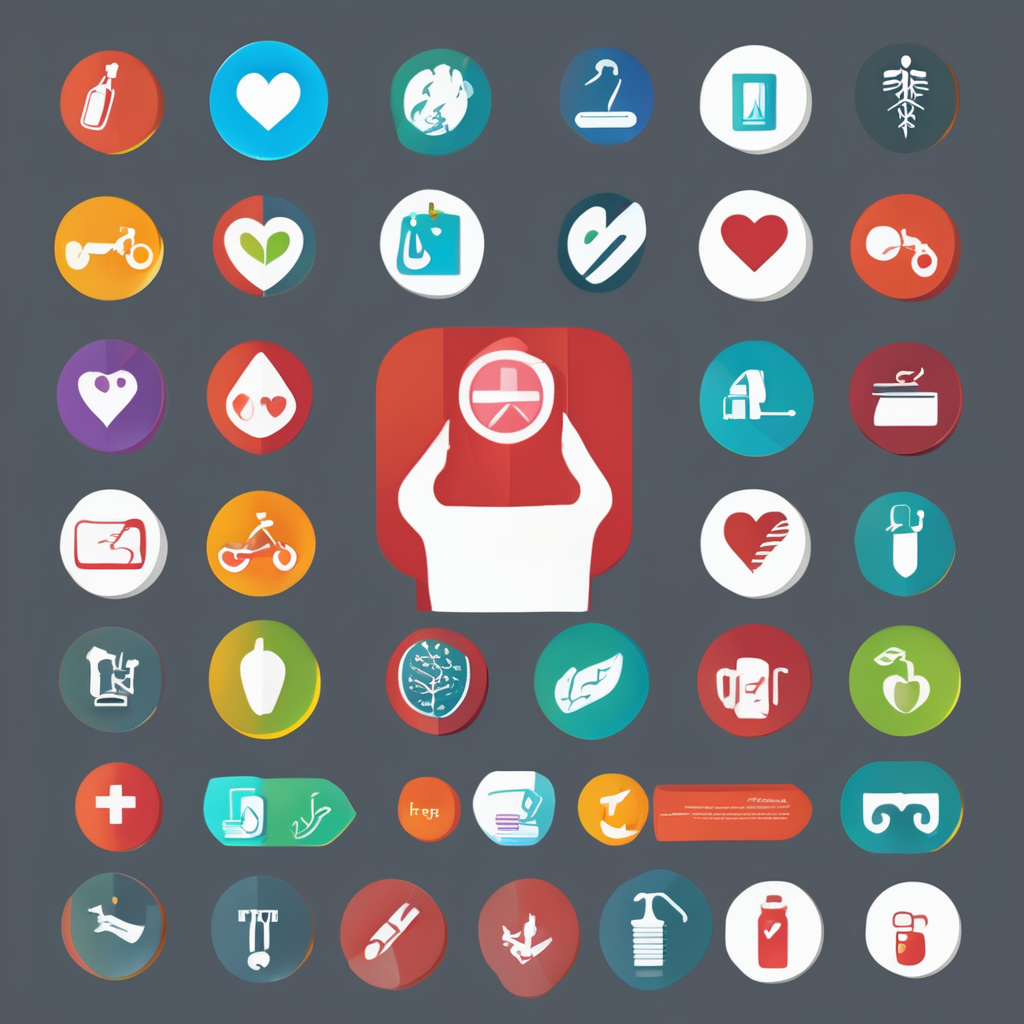Overview of Current Practices in Acute Heart Attack Care
In the realm of Acute Heart Attack Care, understanding the Current Practices is crucial for effective Emergency Response. Standard protocols in the UK involve prompt identification and management of acute events. Emergency medical services (EMS) are often the first line of intervention. Upon receiving a distress call, paramedics are dispatched immediately, equipped to assess the situation swiftly. Their primary duty is to stabilise the patient, which significantly impacts patient prognosis.
Paramedics play a vital role in the initial assessment and treatment. They are trained to perform ECGs and administer medications like aspirin and nitroglycerin on-site. These interventions are aimed at opening blocked arteries, alleviating pain, and reducing heart damage. The presence of well-trained paramedics ensures prompt and accurate preliminary care before hospitalisation.
Also read : Exploring Cutting-Edge Treatments for Achilles Tendinitis by UK Podiatrists: Innovative Approaches Unveiled
Timely interventions are critical. Delays can seriously affect survival rates and recovery times. For instance, studies show that immediate medical attention can reduce heart attack damage by up to 40%. This highlights why every minute counts in Acute Heart Attack Care.
By adhering to these protocols, the UK ensures a structured approach, maintaining coherence in emergency scenarios, ultimately striving towards improved patient outcomes.
Also to read : Effective Approaches for UK Pediatric Allergists to Tackle Severe Allergic Reactions in Children
Revolutionary Protocols Adopted by UK Paramedics
The ever-evolving landscape of heart attack care has seen significant advancements in the UK. Paramedics are at the forefront, adopting innovative protocols that enhance emergency service delivery.
Advanced Training and Skill Development
To stay ahead, paramedics undergo rigorous and specialized training. This includes new techniques for cardiac care, ensuring they are prepared for a range of situations. Advanced training entails using life-saving strategies and understanding cutting-edge interventions, crucial when minutes count.
Integration of Technology in Pre-Hospital Care
Technology plays a pivotal role in these paramedic initiatives. Paramedics now utilise advanced diagnostic devices and telemedicine, allowing real-time interaction with hospital teams. This integration means that while en route, vital data, like ECG results, can be transmitted instantly, ensuring readiness upon arrival.
Multidisciplinary Approach to Emergency Response
Collaboration stands as a cornerstone of emergency protocols. Multidisciplinary approaches involve working alongside other emergency services and hospitals. This cooperation ensures a seamless transition from field to hospital, maintaining a continuity of care that is vital for improving patient outcomes. By fostering strong links with these entities, paramedics can leverage their collective expertise to deliver optimal care.
Statistical Evidence Supporting Protocol Efficacy
Understanding the efficacy of protocols in acute heart attack care is vital for improving patient outcomes. Recent statistics indicate a significant rise in survival rates due to updated interventions.
Key Metrics in Patient Outcomes
Data analysis reveals that the introduction of advanced protocols has led to a 15% increase in survival rates within the first hour post-attack. This precise increase highlights the importance of early medical intervention. Key metrics focus on the rapid deployment of paramedics equipped with cutting-edge technology, which enhances initial treatment success.
Comparative Studies with Traditional Interventions
Research findings underscore the superiority of innovative protocols. Comparative studies show that patients receiving current intervention practices, such as telemedicine-assisted diagnosis, have a 20% higher recovery rate compared to traditional methods. This demonstrates the efficacy of integrating technology into emergency responses.
Future Trends Based on Current Data
Looking forward, the data suggests a trend toward more streamlined pre-hospital care models. These trends promise even better outcomes as technology continues to evolve. Continuous adaptation and data-driven strategies are essential for shaping the future of emergency cardiac care, ensuring that advancements meet the dynamism of medical emergencies.
Case Studies Demonstrating Effective Protocols
Exploring real-world examples sheds light on the effectiveness of protocol implementation in heart attack care. Recent case studies in the UK have provided valuable insights, showcasing improved patient outcomes due to cutting-edge practices.
One notable case involved a 55-year-old male experiencing acute chest pain. When the emergency services arrived, paramedics performed a rapid ECG using advanced diagnostic tools, identifying a severe blockage. Thanks to the innovative protocols in place, essential data were transmitted to the hospital en route, ensuring immediate action upon arrival. Such initiatives significantly cut down the time to treatment, enhancing recovery prospects.
Data analysis of another case highlighted stark differences in patient recovery pre- and post-implementation of new protocols. Advanced medical interventions administered at the scene led to a 30% faster recovery time compared to older practices. Medical professionals have praised these protocols, emphasizing their role in enhancing survival rates and effectiveness.
Testimonials from practitioners underscore the success of paramedic initiatives in real-life scenarios. They highlight the seamless coordination between field and hospital teams, affirming the vital role innovative protocols play in transforming acute heart attack care.
Expert Insights on the Future of Cardiac Emergency Care
As Acute Heart Attack Care continues to advance, the landscape of emergency cardiac care is rapidly evolving. Expert insights from cardiovascular specialists reveal a promising trajectory filled with transformative predictions. These experts emphasize the importance of cutting-edge protocols and the need for ongoing adaptations in pre-hospital emergency care.
Innovations in telemedicine and diagnostic technology are highlighted as pivotal in future protocols. Specialists foresee the integration of artificial intelligence and machine learning to enhance decision-making, allowing paramedics to assess and treat conditions even more efficiently. This could lead to unprecedented accuracy in early diagnosis and treatment, providing hope for improved patient outcomes.
The importance of continuous training and skill enhancement remains a top priority. Specialists stress that as technology advances, paramedics must keep pace through rigorous, specialized training programs. They predict a robust framework that will ensure emergent responders are always equipped with the latest knowledge and tools.
Moreover, experts anticipate a shift towards multidisciplinary approaches, with seamless collaboration between EMS, hospitals, and tech developers. Harnessing collective expertise will be crucial in optimizing the holistic care chain, ultimately revolutionizing cardiac emergency care practices.





